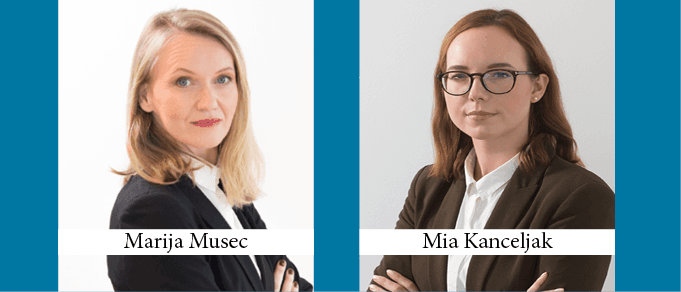In December 2018, the Croatian Parliament adopted amendments to the Renewables Act and the Government adopted two implementing regulations, which jointly apply as of January 1, 2019 (the “2019 Amendments”). In this article we briefly outline the 2019 Amendments and then discuss how they affect the current Croatian incentives system for renewable energy sources (RES) and new investments in RES.
Under the Renewables Act, applicable as of January 1, 2016, there are two types of incentives for renewables and cogeneration: (i) a premium tariff support scheme allocated through tenders, based on which eligible producers of electricity from RES may receive a premium tariff from the Croatian Energy Market Operator (HROTE) in addition to the selling price on the electricity market; and (ii) a guaranteed purchase price allocated through tenders for facilities up to 500 kW (prior to the 2019 Amendments, 30 kW), based on which eligible producers of electricity from RES have the right to a guaranteed purchase price from HROTE.
The incentive system was never put into practice – so far, the Government has not published a single tender that has resulted in a contract with HROTE for a premium tariff / guaranteed purchase price. The 2019 Amendments envisage that the first tender for premium tariff / guaranteed purchase price will be published within the first half of 2019.
Quotas for RES are prescribed under the (now obsolete) tariff system, according to which eligible producers signed PPAs with HROTE, to which the tariff system still applies. As quotas for the most wanted technologies (wind and solar) were met years ago and new quotas have not been prescribed, future tenders can refer only to those technologies where the quotas have not yet been met (i.e., hydro, biomass, geothermal, biogas).
In relation to the existing generation facilities that have contracts with HROTE based on the tariff system and the (future) facilities up to 500 kW that are eligible for the guaranteed purchase price, as of January 1, 2019 electricity suppliers are obliged to purchase 70% of the electricity delivered from HROTE for a fixed price. HROTE sells the remaining 30% on the electricity market in a transparent manner (prior to the 2019 Amendments, suppliers were obligated to purchase all net delivered energy from HROTE). The incentives for RES are partly financed through the fixed price that suppliers are obligated to pay to HROTE. Suppliers are unhappy because this obligation has been causing them financial losses for years, with some even considering leaving the Croatian market as a result.
Incentives for RES are also financed through the incentive fee paid by electricity consumers. In September 2017 the Government increased the incentive fee from 0.035 to 0.105 HRK/kWh to finance incentives for new generating facilities within the existing quotas. Connecting new facilities and adopting new quotas for renewables will require larger resources for financing RES, most likely resulting in increase of the electricity price yet further.
In recent years, many RES facilities have been connected to the grid and financing the associated incentives is becoming too great a burden for the state budget and for domestic users who have to pay the incentive fee. Additionally, connecting new facilities to the grid requires significant investment in the distribution and transmission elements of the grid, as well as ancillary and balancing services. While the rest of the world is turning towards a market-oriented model for financing RES, Croatia is facing the problem of financing RES incentives, for which there is currently no solution. On the other hand, the lack of new quotas for RES is hindering further development of the RES sector and putting Croatia’s ability to meet the targets set by Directive (EU) 2018/2001 into doubt.
The potential of Croatian renewables, especially wind and solar energy, is high, and as a result projections for the development of RES until 2030 and 2050 are ambitious. Nevertheless, Croatia has a major problem in financing the incentives for producing electric energy from RES, primarily in relation to eligible producers that have already obtained requirements for incentives, because new quotas have not been set for years. Given this situation, Croatia must adopt a strategy of further developing RES based on new quotas and assess whether the incentive system should remain the basis for future development of RES or whether Croatia is ready for electric energy production from RES without incentives.
By Marija Musec, Partner, and Mia Kanceljak, Attorney-at-Law, CMS Croatia
This Article was originally published in Issue 6.4 of the CEE Legal Matters Magazine. If you would like to receive a hard copy of the magazine, you can subscribe here.
